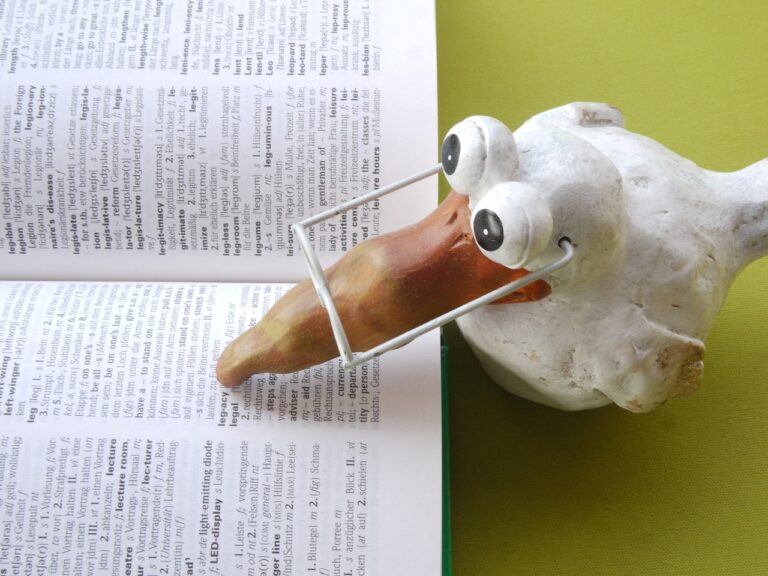Exploring the Benefits of Educational Toys for Storytelling: 11xplay.com login, Lesar 247.com, Tiger 247 login
11xplay.com login, lesar 247.com, tiger 247 login: Educational toys are not only fun for children to play with but also serve as powerful tools for learning and development. One area where educational toys can make a significant impact is in storytelling. By incorporating toys that encourage storytelling, children can enhance their creativity, language skills, and cognitive abilities. Let’s explore the benefits of using educational toys for storytelling.
Enhancing Imagination:
Educational toys provide children with a platform to explore their imagination and creativity. When children are immersed in a story, they can use toys to act out different scenarios, create new characters, and develop unique plotlines. This imaginative play helps children to think outside the box and come up with inventive solutions to problems.
Improving Language Skills:
Storytelling with educational toys can also help to improve children’s language skills. By narrating a story to accompany their play, children are practicing their vocabulary, sentence structure, and communication skills. This process of storytelling not only enhances language development but also fosters a love for reading and writing.
Developing Social Skills:
Educational toys can be an excellent tool for promoting social interaction among children. When children engage in storytelling with their peers, they learn to take turns, listen actively, and collaborate to create a cohesive narrative. These social skills are essential for building relationships and navigating social situations in the future.
Encouraging Critical Thinking:
Storytelling with educational toys encourages children to think critically and problem-solve. As children navigate through different storylines and characters, they are required to make decisions, consider consequences, and think abstractly. This process of storytelling helps to develop analytical skills and logical reasoning.
Fostering Emotional Intelligence:
Storytelling with educational toys provides children with a safe space to explore and express their emotions. By creating characters and scenarios, children can empathize with different perspectives, process complex feelings, and develop emotional awareness. This emotional intelligence is crucial for building resilience and empathy.
Boosting Cognitive Development:
Engaging in storytelling with educational toys can also stimulate cognitive development in children. By using their imagination, language skills, social abilities, and critical thinking, children are exercising multiple areas of their brain simultaneously. This cognitive workout helps to strengthen neural connections and enhance overall brain function.
In conclusion, educational toys provide a multitude of benefits for storytelling. By incorporating toys into storytelling activities, children can enhance their creativity, language skills, social skills, critical thinking, emotional intelligence, and cognitive development. These benefits not only support children’s academic growth but also foster a love for learning and storytelling. So, grab some educational toys and embark on a storytelling adventure with your child today!
FAQs:
Q: What age group is best suited for educational toys for storytelling?
A: Educational toys for storytelling can benefit children of all ages, from toddlers to pre-teens. The key is to choose toys that are developmentally appropriate for the child’s age and interests.
Q: How can parents encourage storytelling with educational toys at home?
A: Parents can encourage storytelling with educational toys by providing a variety of toys that inspire creativity, setting aside dedicated time for storytelling play, and actively participating in the storytelling process with their children.
Q: Are there specific types of educational toys that are best for storytelling?
A: Toys such as building blocks, dolls, puppets, board games, and story cubes are excellent choices for storytelling. These toys can be used to act out scenes, create characters, and develop plotlines in a fun and interactive way.







